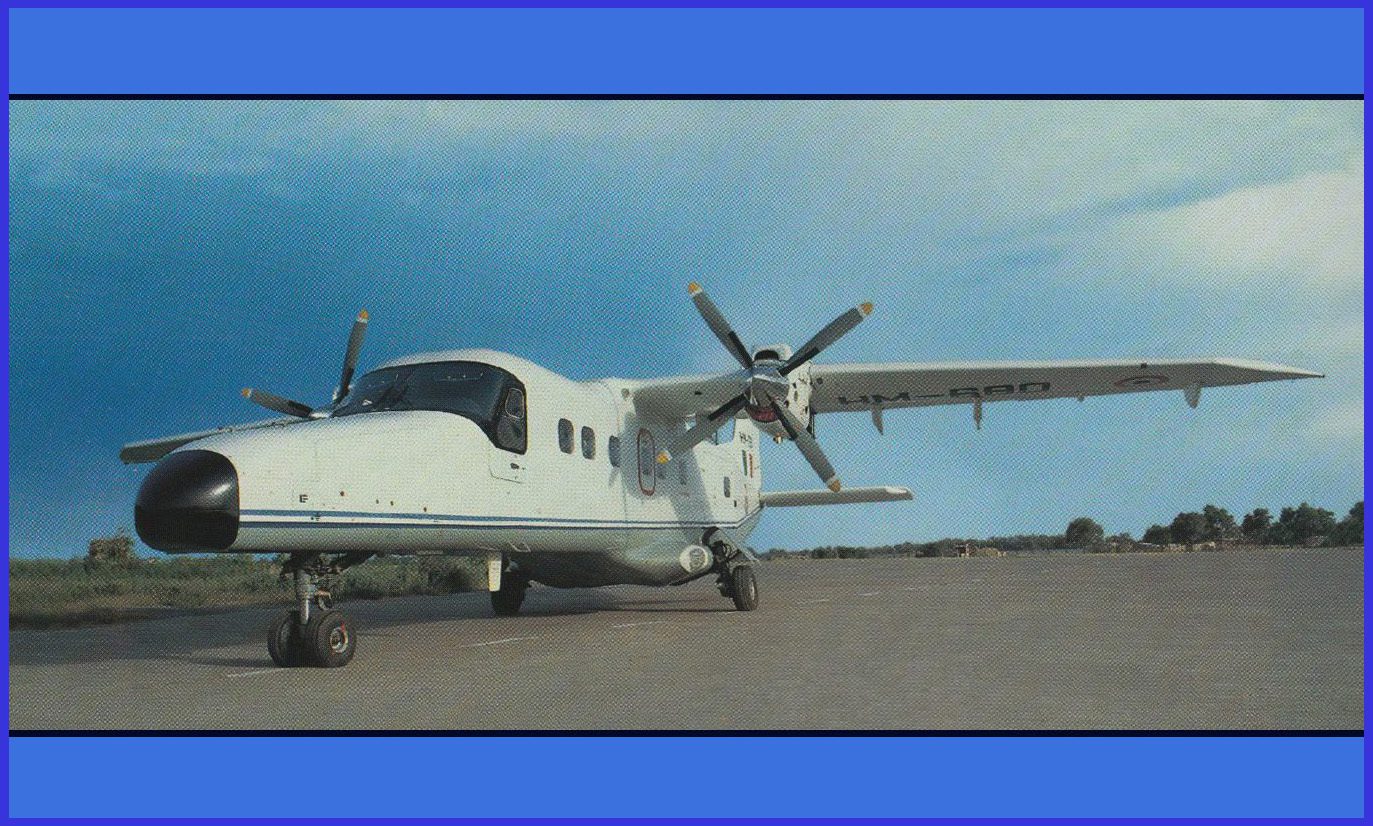
The aircraft typically can carry 19 passengers or adapt to various cargo configurations. Equipped with two Honeywell (Garrett) TPE331 turboprop engines, the aircraft demonstrates outstanding performance in demanding environments, including remote and austere airstrips. Recognized for its efficiency and versatility, the Dornier 228 New Generation has become a favoured choice among operators globally, fulfilling roles in both civilian and military applications due to its enduring design and reliable operational capabilities.
This dependable aircraft is well-suited for coastal patrol and surveillance missions. Its high-wing design and short takeoff and landing capabilities make it an ideal choice for operations in remote and rugged coastal regions. The Indian Coast Guard employs the Do 228 across a variety of missions, encompassing search and rescue, fisheries protection, pollution control, and anti-smuggling operations.
The Do 228 is also utilized by other organizations around the world, including the German Navy, French Navy, and Royal Thai Navy. Its rugged design and versatility have made it a popular choice for various applications, including passenger transport, cargo transport, and aerial surveying.

Development of the HAL Dornier 228 Aircraft
In November 1983, Dornier and Hindustan Aeronautics Limited (HAL) entered into a substantial license-production and phased technology-transfer agreement. This agreement led to the establishment of a dedicated production line, with the first aircraft being manufactured in 1985. By 2014, India had produced a total of 125 Dornier 228s. Furthermore, HAL holds global marketing rights for HAL-DO-228 and can provide comprehensive logistics and spare support throughout the entire operational lifespan of the aircraft.
The HAL Do 228 is produced at the Transport Aircraft Division of Hindustan Aeronautics Limited (HAL), situated in Kanpur. This fuel-efficient, robust, and reliable twin-turboprop aircraft integrates established features with advanced technologies in design and production. It has been specifically designed to fulfil diverse roles for military, paramilitary, and civilian operators. The HAL-DO-228 incorporates a new aerodynamic profile and unique wing shape, enhancing take-off, climb, and cruise performance while achieving fuel savings of up to 20% compared to conventional wing designs.
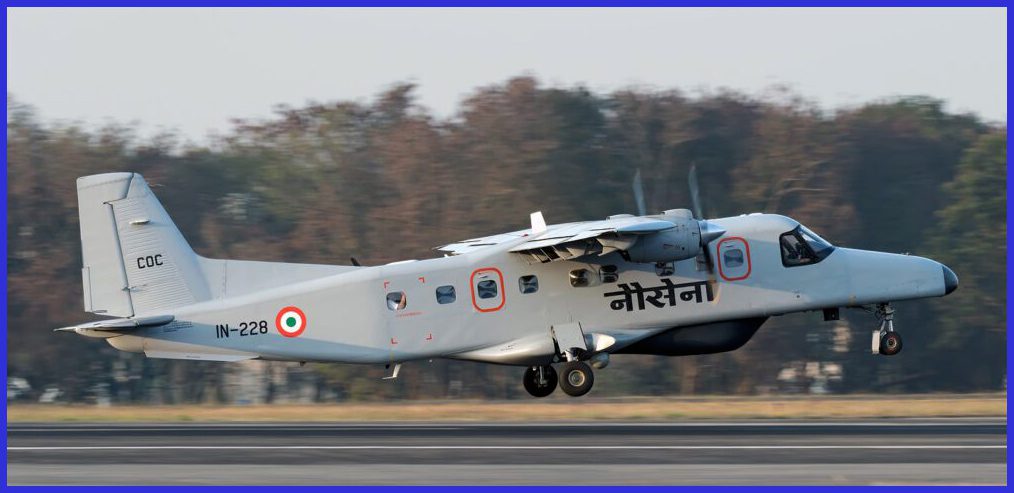
The Garrett TPE-331-5-252D engines, landing gears, and numerous instruments and avionics for the HAL-DO-228 aircraft are internally manufactured at various facilities of HAL. HAL maintains comprehensive in-house facilities for the repair, maintenance, and overhaul of the aircraft, its engines, and a substantial inventory of components. This capability enables HAL to offer single-source product support for the entire aircraft.
HAL has successfully developed an extensive customer base for the HAL-DO-228 and consistently provides support to regional air services, defence forces (including the Coast Guard, Navy, and Air Force), as well as other national and overseas customers.
Through continuous modernization and updating programs, HAL has cultivated the capability to offer customized solutions tailored to the customer’s requirements. The Transport Aircraft Research & Design Centre in Kanpur provides support for the development of role modifications and aircraft upgrades.
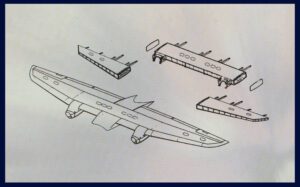
SALIENT FEATURES: Advanced Technology Wing – New aerodynamic profile and special wing shape provide
- Better take-off, climb and cruise performance
- Improved STOL capabilities
- Improved hot and high altitude performance
- Achieving fuel savings of up to 20% compared to conventional wing designs
USE OF COMPOSITE MATERIALS: Carbon, Kevlar, and glass fibre prepregs have been utilized in the construction of the aircraft to achieve
- Aerodynamic smoothness
- Cost-effective production
- Reduction in weight hence increased payload
- Quick maintenance and repair

Fuel-Efficient Engines of the HAL Dornier 228
The HAL (Hindustan Aeronautics Limited) Dornier 228 is equipped with two Garrett TPE331 turboprop engines, which contribute to its fuel-efficient operation. The TPE331 engines are well-known for their reliability, durability, and fuel efficiency. These engines are part of Honeywell’s TPE331 engine family, which has a history of successful applications in various aircraft.
The TPE331 engines feature a modular design, advanced technology, and a free turbine configuration. This design allows for efficient power generation while maintaining fuel economy. Additionally, the engines are capable of providing sufficient power for short takeoff and landing (STOL) operations, making them suitable for the Dornier 228’s versatile mission profiles.
Two Garrett TPE-331-5-252D turboprop engines each driving a four-bladed Hartzell constant speed, fully feathering and reversible pitch propellers, power the aircraft. The engine features include:
- Superior installed performance
- Operational simplicity
- fuel economy
- Rapid power response
- Anti-icing and Foreign Object Damage resistance
- Negative torque sensing
- Reverse thrust
- Propeller control system
- Torque and ITT limiting system
- Low pollution, low noise
- Long time between overhaul ( TBO )
- Minimum maintenance requirements
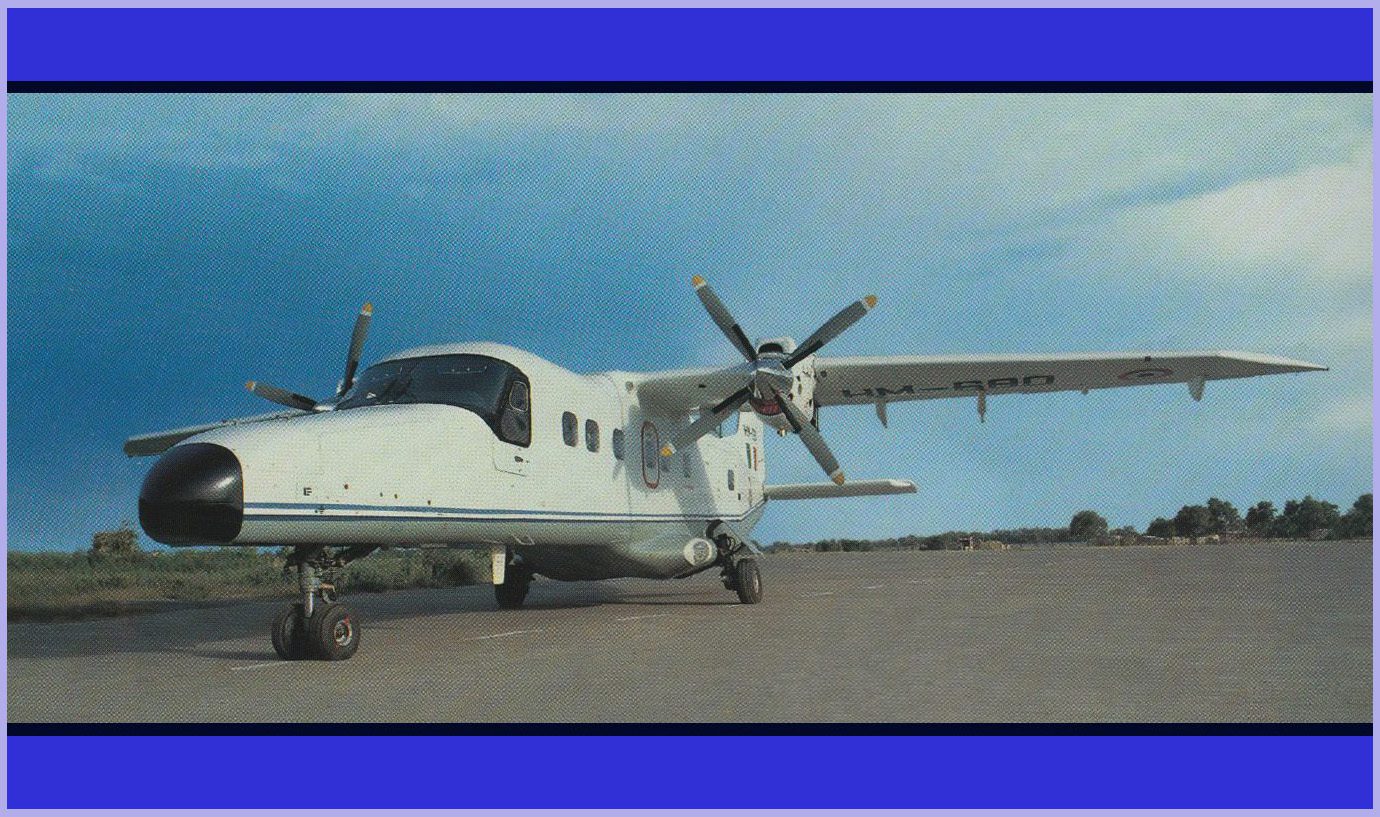
MISSION VERSATILITY: The ability to meet various roles and missions and quick change capability are striking features of the aircraft. Variants available for various roles are:
- Maritime Surveillance & Petrol: This aircraft has found wide acceptability in Maritime Surveillance and Patrol roles. A large number of these aircraft are operational with military and various government organisations. It scores over larger aircraft of 30-50 seater capacity for such application due to similar endurance and range with full mission equipment, low operating cost, ease of maintenance, and STOL capability – all at much less acquisition cost and thus offers an optimum solution for maritime applications.
- Troop Transport / Para Jumping: The troop transport version fulfils the need for the swift movement of troops and armed forces personnel, with a maximum capacity of 21 troops. The para jump version can accommodate the requisite paratroops along with a jump master for para jumping. A flight-openable roller door eliminates the need for taking off with an open door. The rectangular cabin cross-section, more unobstructed floor area, arrangement of side-facing paratroops, and a jump master seat – coupled with the fast climb rate, cruise speed, and long range of the aircraft – enable efficient para jump operations.

The Upgraded Dornier 228NG
The Dornier 228NG (Next Generation) represented an upgraded version of the classic Dornier 228. Here are some features associated with the upgraded Dornier 228NG:
Among the noteworthy upgrades introduced in the Dornier 228 NG, a pivotal change is the adoption of Universal’s UNS-1 glass cockpit. This strategic enhancement equips standard aircraft to operate seamlessly under both single-pilot instrument flight rules (IFR) and visual flight rules (VFR). Notably, RUAG Aviation emphasizes that the Dornier 228 NG proudly holds the distinction of being the inaugural aircraft in its class to attain certification with equivalent electronics.
Delving into the cockpit, a set of four large displays takes centre stage, encompassing two primary flight displays and two multifunction displays. These displays work harmoniously to present a comprehensive array of essential flight data, marking a significant leap in cockpit technology for enhanced pilot efficiency and safety.
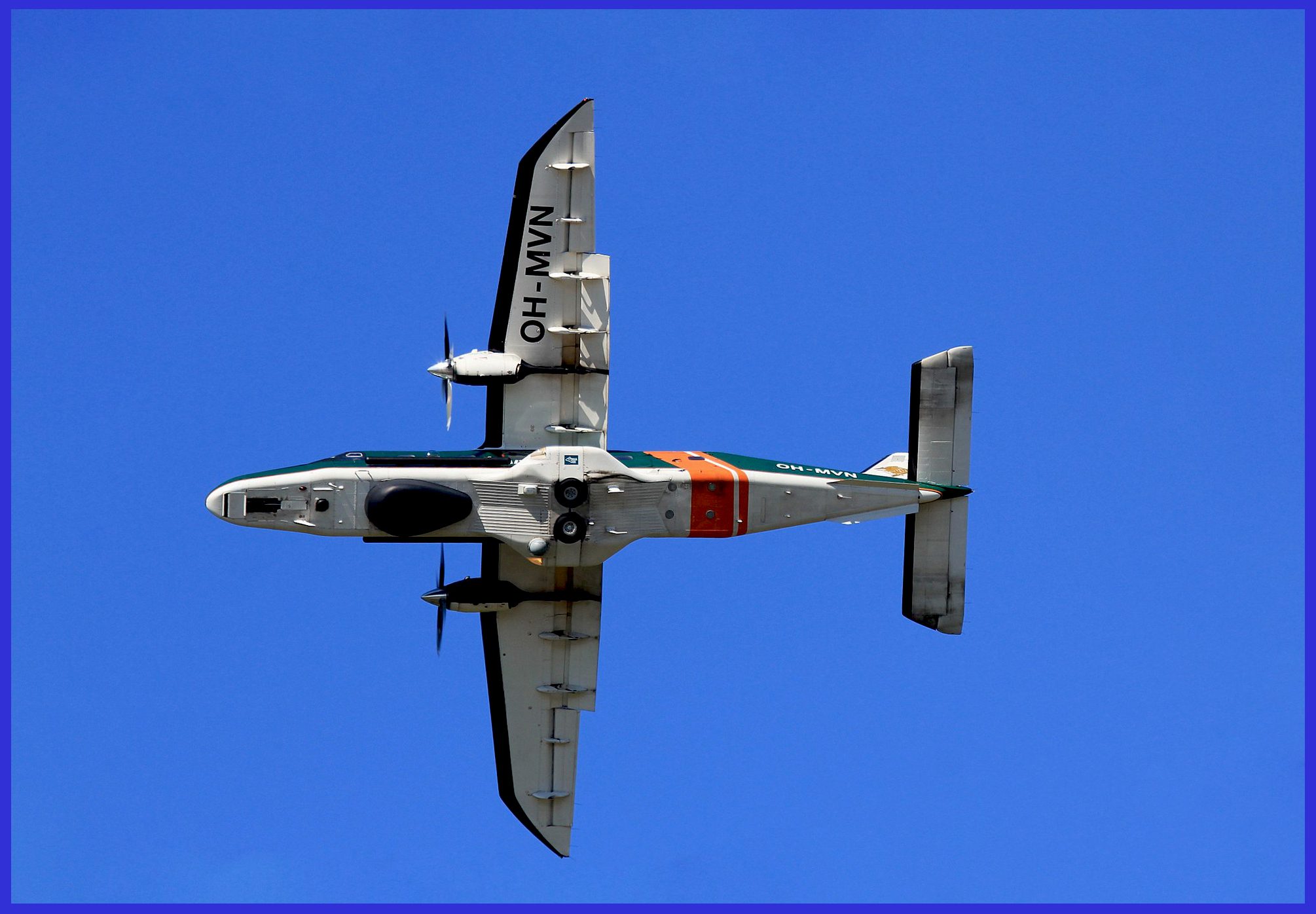
The Dornier 228 boasts a comprehensive navigation system that incorporates crucial features, including VHF omnidirectional range (VOR), distance measuring equipment (DME), automatic direction finder (ADF), radar altimeter, Global Positioning System (GPS), air data computer, and a flight management system. Additional optional features encompass a three-axis autopilot, weather radar, and high-frequency (HF) radio, providing versatility to meet specific operational needs. Notably, the Dornier 228 exhibits adaptability, initially designed for two-pilot operation, yet capable of efficient solo flight when manned by a single crew member as needed.
For safety purposes, the Dornier 228 is equipped with an Engine-Indicating and Crew-Alerting System (EICAS). Furthermore, additional optional safety features, comparable to those found on much larger passenger aircraft, can be integrated. These include the Airborne Collision Avoidance System (ACAS) and the Terrain Awareness and Warning System (TAWS).

Variants of the Dornier 228NG
- Search and Rescue Mission
- Anti-Submarine Warfare
- Pollution Detection and Control
- Regional Airliner/Air Taxi
- VIP/Executive Transport
- Casualty Evacuation/Air Ambulance
- Special Versions-Calibration of Airport Nav-aids
- Cargo and Logistics Support
- Observer Training
- Aerial Photography
- Fishery Protection
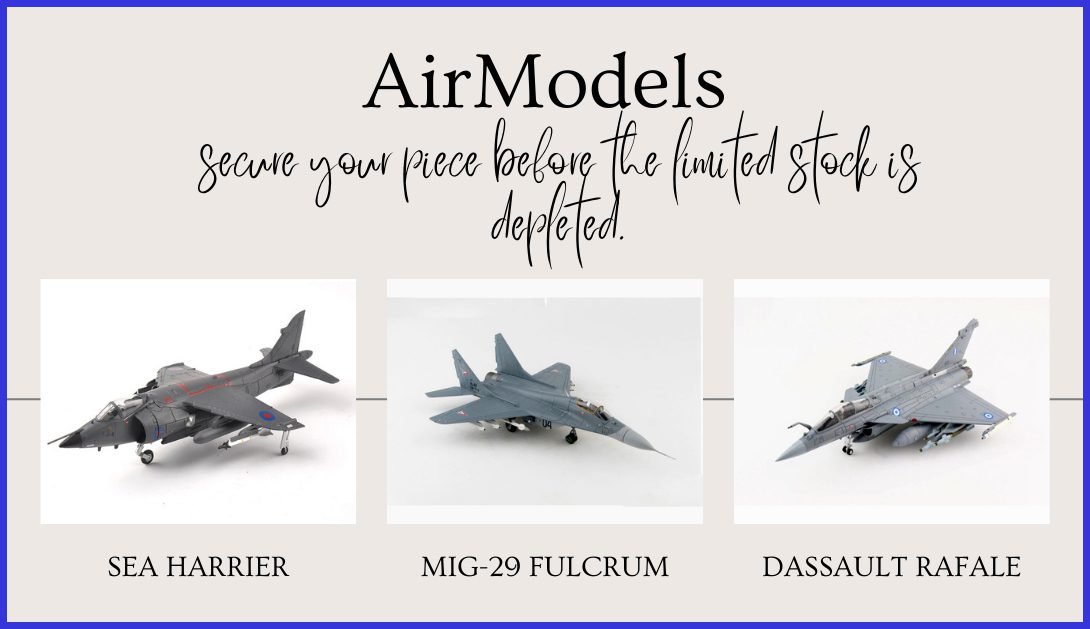
Dornier DO 228 Specifications
- Crew: 2
- Capacity: 19 Passengers / Troops
- Length: 54 ft 4 in ( 16.56 m )
- Wingspan: 55 ft 8 in ( 16.97 m )
- Height: 15 ft 11 in ( 4.86 m )
- Wing area: 340 sq ft ( 32 m2 )
- Empty weight: 3,900 kg ( 8,598 lb )
- Max takeoff weight: 6,575 kg ( 14,495 lb )
- Fuel capacity: 1,885 kg ( 4,156 lb )
- Powerplant: The Dornier 228 is equipped with two Honeywell TPE331-10 turboprop engines, each generating 579 kW (776 shp) of power
- Speed: 413 km/h ( 257 mph )
- Range: 396 km with 1,960 kg (4,321 lb) payload
- Ferry range: 2,363 km with 547 kg (1,206 lb) payload
- Endurance: 10 hours
- Service ceiling: 25,000 ft ( 7,620 m )
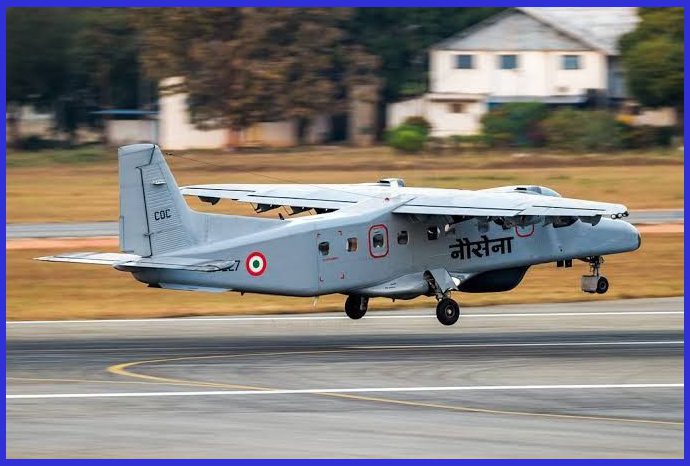
In conclusion, the Dornier Do 228 aircraft utilized by the Indian armed forces is a versatile and reliable platform tailored for maritime surveillance and reconnaissance missions. Originating from the design and construction prowess of Dornier GmbH, this aircraft excels in operations within remote and rugged coastal regions, making it the ideal choice for a spectrum of missions, encompassing search and rescue, fisheries protection, pollution control, and anti-smuggling operations.
Assembled at the Transport Aircraft Division of Hindustan Aeronautics Limited (HAL) in Kanpur, the Do 228 has garnered a well-established reputation for success. Its utilization extends beyond the Indian armed forces, finding applications across various global organizations for diverse tasks. In essence, the Do 228 represents a pivotal asset for the Indian Coast Guard and serves as an invaluable tool in safeguarding and serving the coastal regions of the country.

Important Announcement for Our Valued Readers!
After an article is published, it is possible that updates or changes may have occurred beyond the time of publication. Therefore, it is important to be aware that certain information in the article might be outdated. To ensure the most accurate analysis, it is highly recommended to verify the content with the latest sources available.
However, we are dedicated to delivering outstanding articles on military products and global updates. Maintaining quality and smooth operation requires resources. Your support sustains our efforts in providing insightful content. By purchasing high-quality products through our affiliated links, you help us keep our platform alive and acquire top-notch items. Your unwavering support is invaluable and inspires us to strive further.
We welcome your suggestions and requests for more information, as we value feedback from our readers. If there’s specific defence material or equipment not covered on our site, please share your request in the comments. We’ll strive to research and provide the required information. We sincerely thank you for your unwavering interest in our website, and we eagerly anticipate hearing from you! Enjoy your reading experience!
